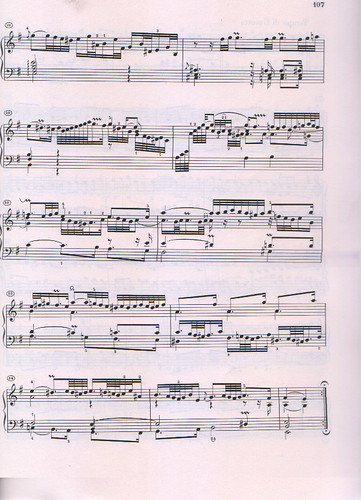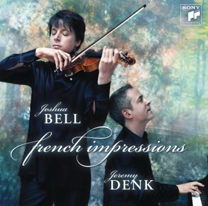Bach must have known just how I would feel this morning (some 255 years after his death), dragging myself out of bed to practice on a rainy day after wings and beer with my friend last night–as he composed just this exact feeling into the last fugue of the Well-Tempered Clavier:
Let us be clear: this theme is work. It was not tossed off in a moment’s inspiration, light as air. It is heavy, gradual, painstaking (too heavy, too painstaking). And when the other voices enter, it gets worse, more bogged down; too many strings are attached. What possessed the man to create this alien, chromatic landscape? What made him choose precisely these bizarre voice-leadings, these ungrateful leaps?
But the fugue is visited three times by a miracle. The theme vanishes, and in its place we have bars of fluid counterpoint… These bars are not “difficult” like the theme, and they require no special compositional prowess: they are simple, almost banal. If the theme is an exercise in complexity, these passages, too, are like compositional exercises, but in a primer: dissonances and resolutions for three voices, example 1a. But they have an amazing power. They are a voice from beyond the fugue … they feel otherworldly, the excessive gravity of the piece seems to lift.
They are scattered through the fugue irregularly: twice close together towards the beginning (as if trying to intervene)… and then the fugue proper takes over again, we are plunged into more and more elaborate counterpoint. We think, perhaps, it will never come again. Then, finally one last visitation, near the end. I think “visitation” is the right word, the appearance of a divine spirit, a revelation which must vanish, which must be postponed for the next life. Back to the chromatic vale of tears. And me, too, back to the piano, to get something done.



